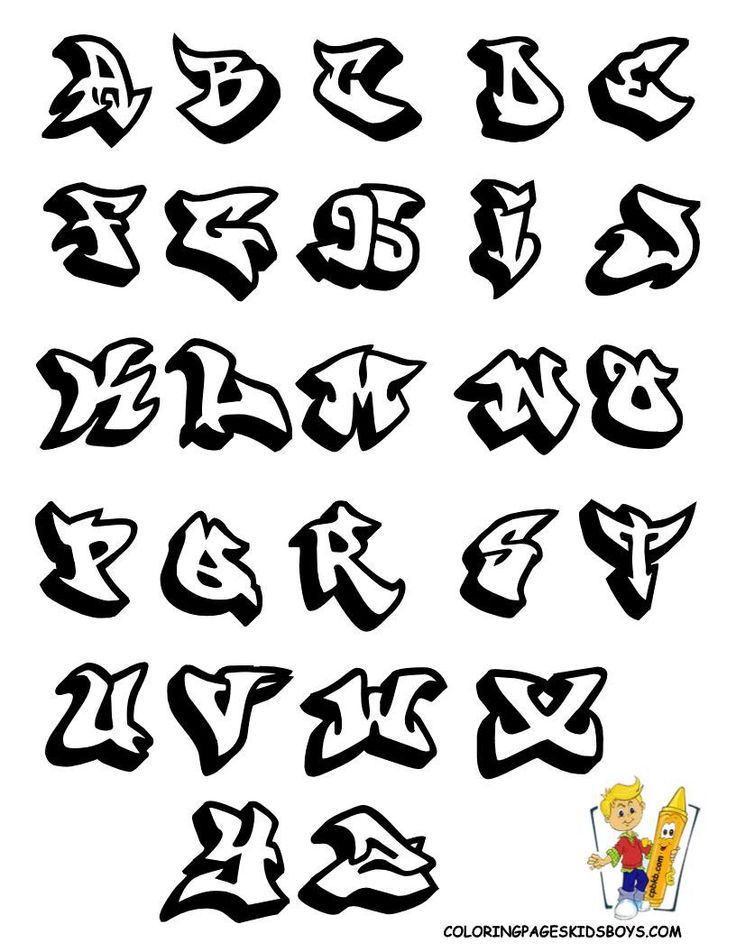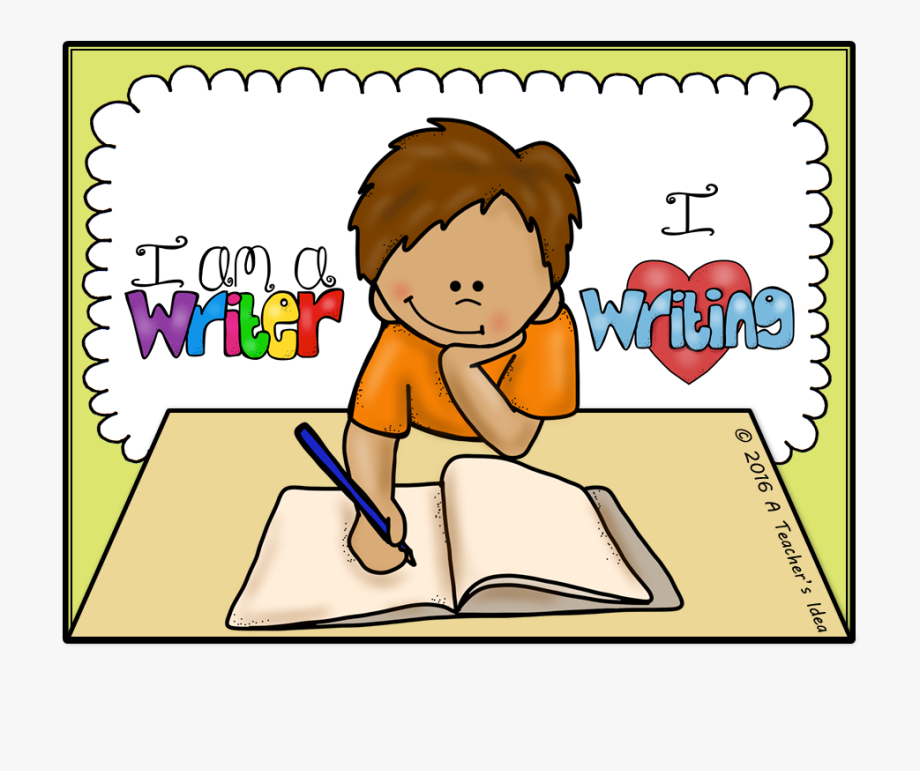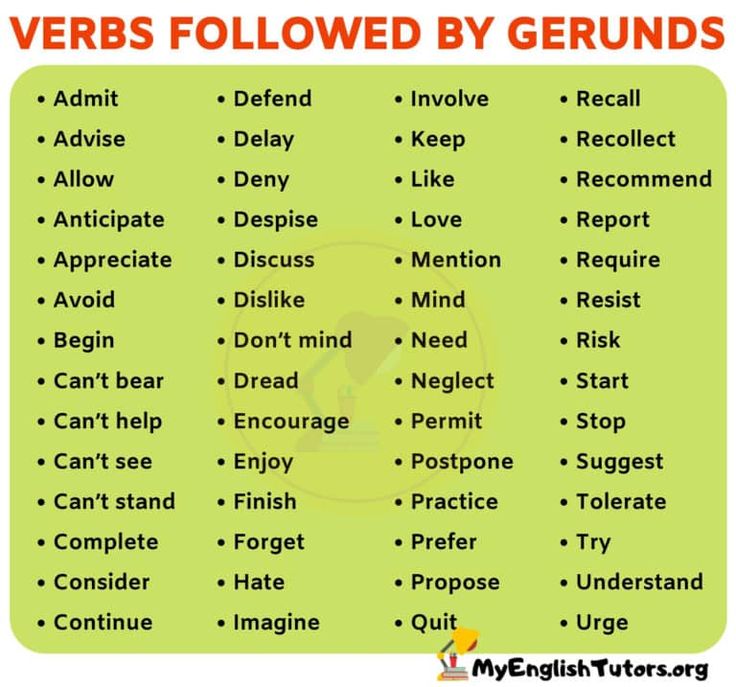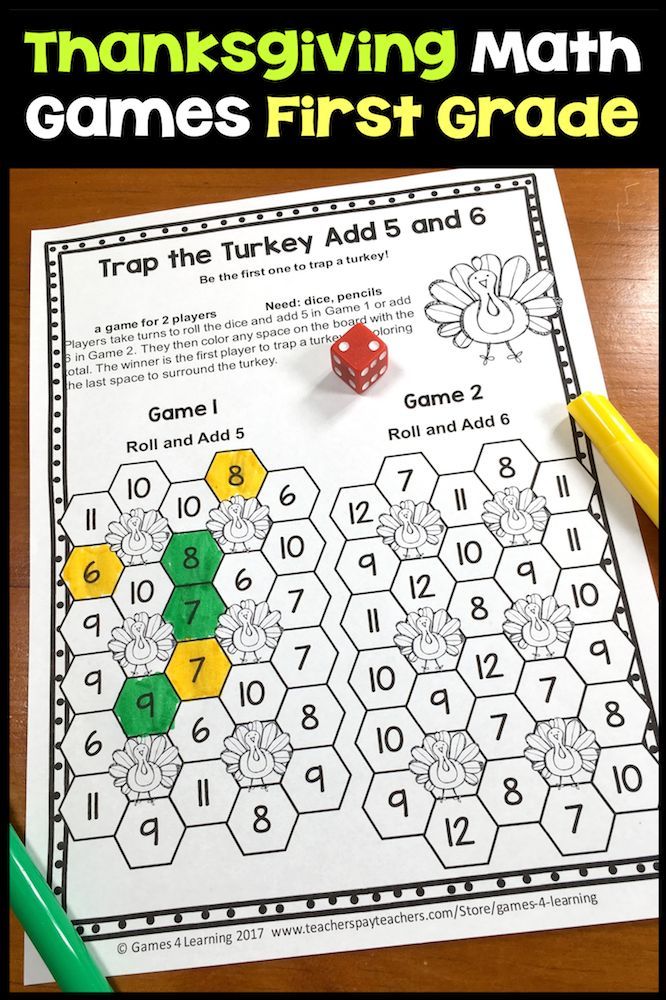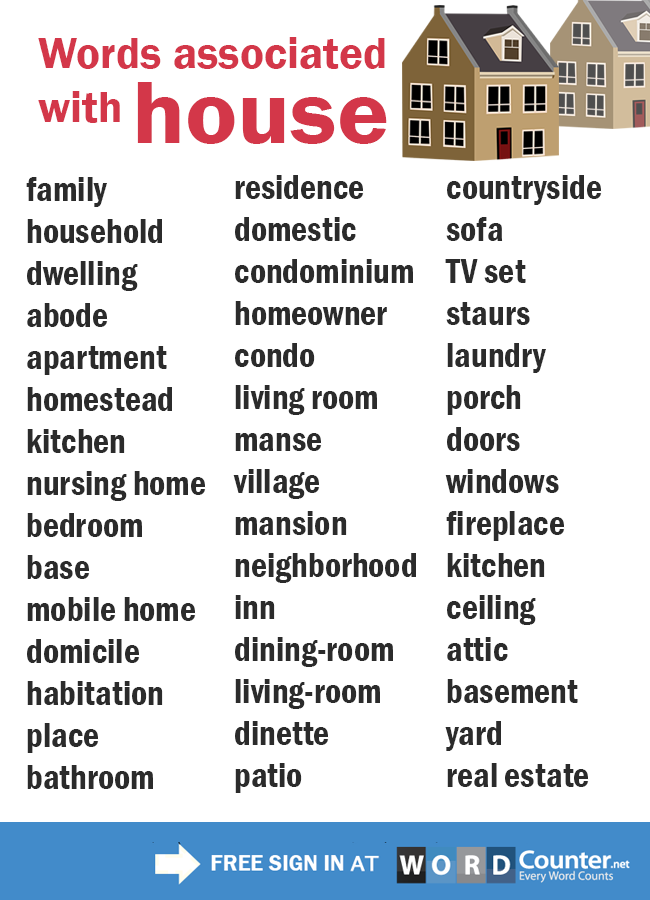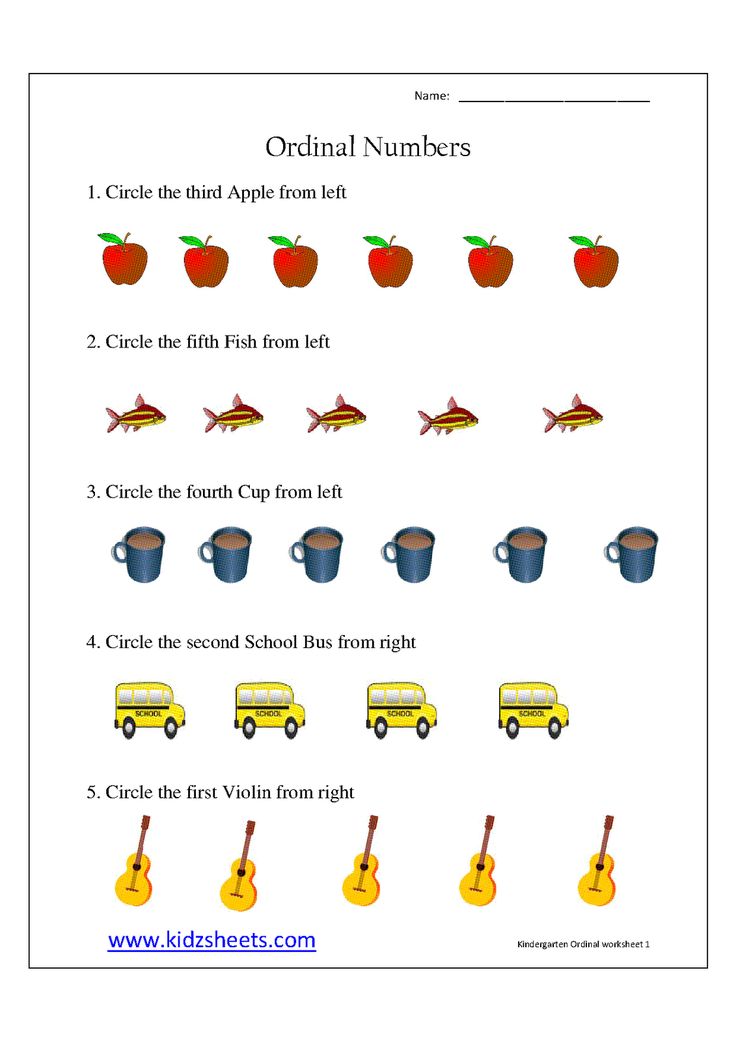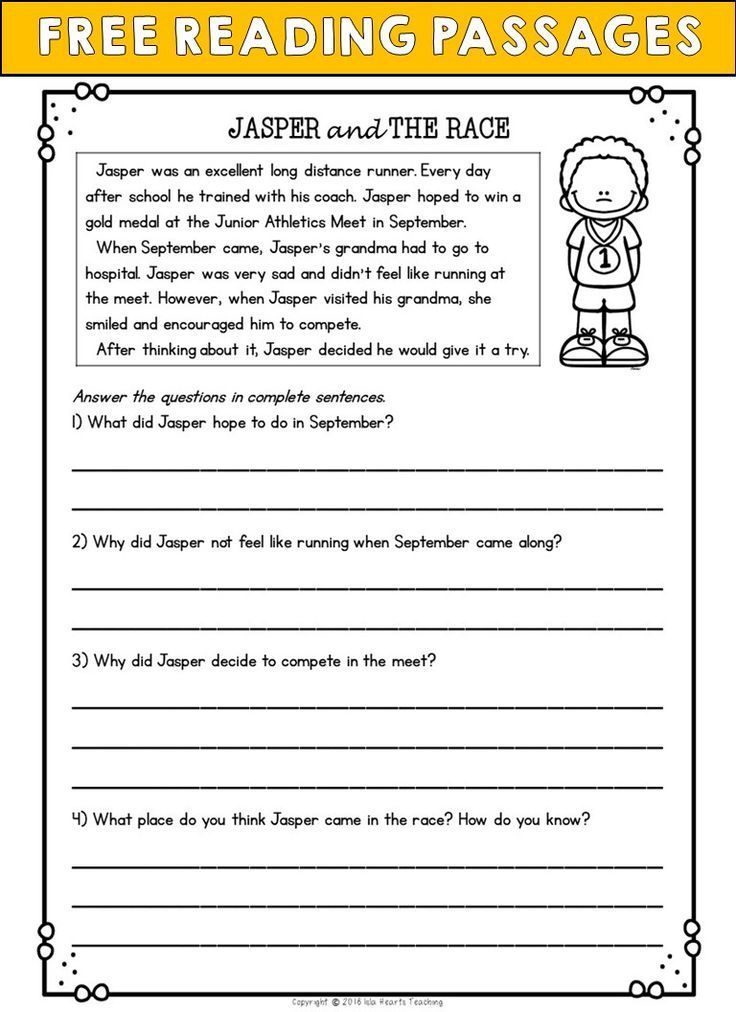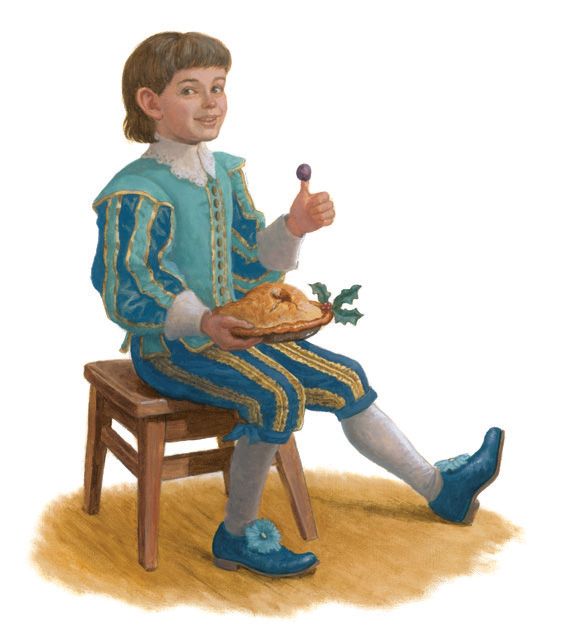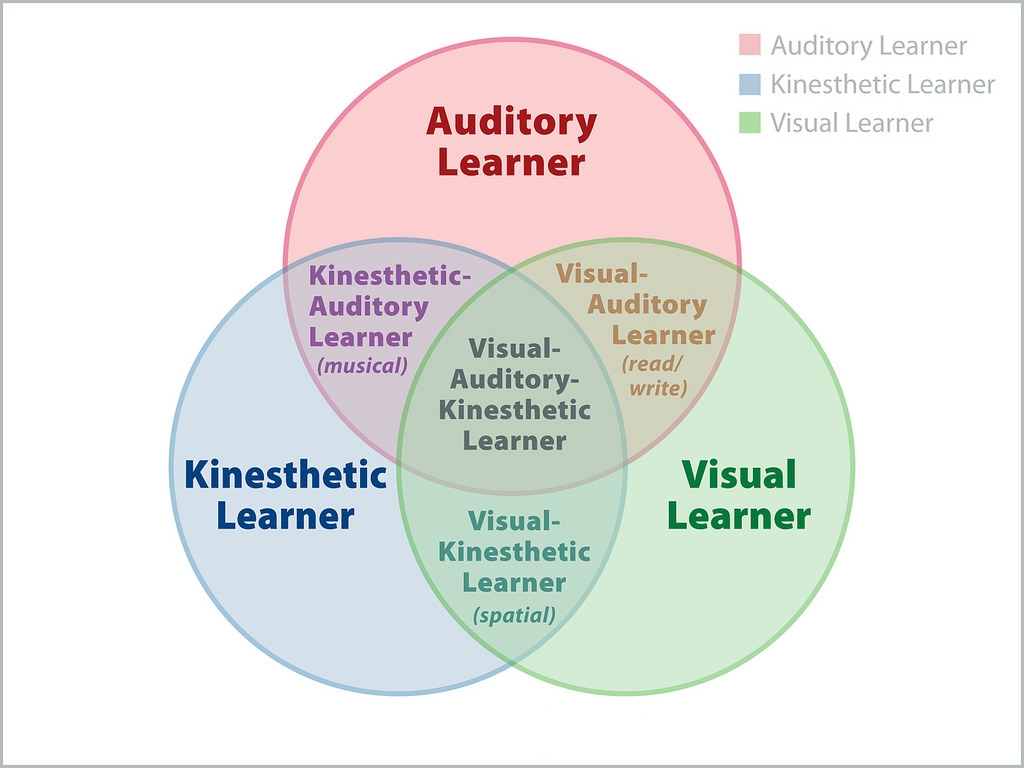Easy alphabet letters
Best alphabet for children with dyslexia | Easy Alphabet
The Easy Alphabet builds strong letter-sound links to help ensure no child 'slips through the cracks' in the formative years.
Strong letter-sound knowledge is a vital part of learning to read and write. If we cannot hear sounds within words or link letters to specific sounds we cannot decipher words for reading, writing or spelling.
The Easy Alphabet was designed to help young children build strong letter-sound links. Featuring an embedded picture mnemonic, this fun and colourful alphabet is particularly effective for those with literacy challenges, including dyslexia.
The Easy Alphabet is an integral part of the Read3 literacy intervention program but can be used with any evidence-based phonics program to maximise letter-sound knowledge. It offers struggling learners the opportunity to develop foundational skills at a similar pace to their peers.
Unlike other mnemonic alphabets, each letter in the Easy Alphabet is supported by an integrated audio-visual cue in the form of a ‘story’ that links the picture to both the sound, and the shape of the letter. Humans are natural story-tellers and the Easy Alphabet taps into that natural ability bringing extra meaning to the page, particularly for struggling readers.
Let's use 'm’ as an example. A typical alphabet may use 'moon' as the visual cue. While moon starts with ‘m’, the moon itself provides no meaningful clue as to the shape of the letter.
In the Easy Alphabet we use embedded picture mnemonics - the letter ‘m’ is represented by the pictured story “man goes over the mighty mountains". The story guides the child to think first of the 'man' parachuting down to the ground and then climbing the two 'mighty mountains'. Directional cues on how to write the letter correctly are built into the story. Our Hear, See & Say videos provide a touch cue to help the child hear and feel the sound in their mouth.
Our Hear, See & Say videos provide a touch cue to help the child hear and feel the sound in their mouth.
The Easy Alphabet provides the following for every letter:
- a unique and memorable picture story
- built-in directions for how to write the letter
- reinforcement of the sound of the letter
The Easy Alphabet focuses on lower-case letters, not capitals for three reasons:
- research shows children have less trouble remembering capitals
- 95% of the content we read is lower case letters, not capitals
- when letter retention is a struggle, the single case helps reduce confusion. We focus on mastering the letter case they will use all day, every day.
"At our literacy clinic, breakthroughs with letter and sound recognition can occur in a matter of weeks using the Easy Alphabet."
Robyn Monaghan, Speech Pathologist & creator of the Easy Alphabet
Benefits of the Easy Alphabet
Embedded picture mnemonics build sound-letter links
The integrated audio-visual cue in the form of a 'story' links the picture to both the sound and the shape of the letter
Ideal for children with literacy challenges
Picture and story improve letter recall enabling faster progress
Reduces letter reversals when writing
The directional cues for writing help strengthen letter shape awareness
Integrates with any phonics program
Use with classroom phonics or Tier 2 intervention program to maximise letter and sound knowledge for every child
Inspires beginner readers
The 'story' and colourful characters enable 4-6 year olds to establish strong letter-sound links from start of journey reading journey
Australian 'beginner' font
The Easy Alphabet is made right here for Aussie kids
Who is it for?
The Easy Alphabet was designed with every young reader in mind and it can be useful for:
1.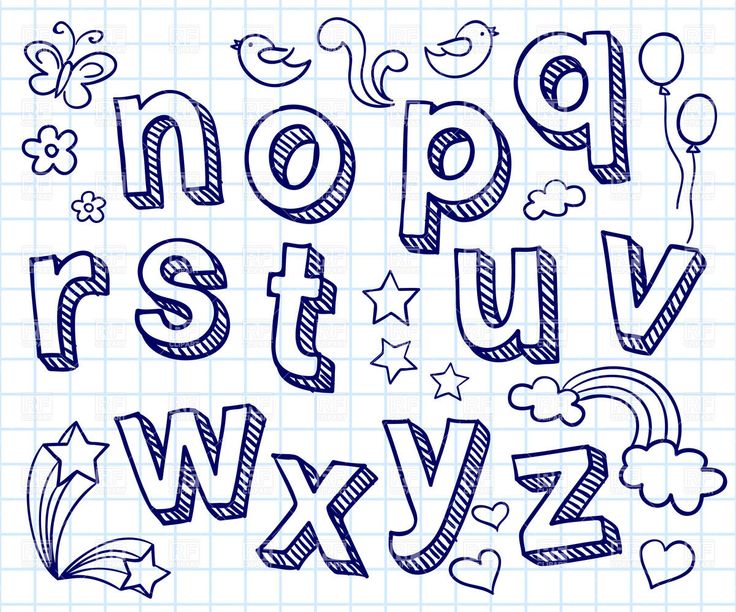 Beginner readers 4-6 years
Beginner readers 4-6 years
Our fun, multi-sensory approach to building strong letter-sound knowledge makes the Easy Alphabet an ideal choice for any child aged 4-6 years who is learning to read. If there are family members who struggled when learning to read then the Easy Alphabet is a must!
2. Children 5-9 years with literacy challenges, including dyslexia
In the clinic, breakthroughs with letter and sound recognition occur in a matter of weeks using the Easy Alphabet. The secret is to take things slowly and only introduce a few letters at a time. Can be used in conjunction with any evidence-based phonics program including Orton-Gillingham Tier 2 intervention programs. A perfect choice for learning support teams, literacy tutors and home-based learning.
3. The Prep or Year 1 classroom
Integrate the Easy Alphabet with your current classroom phonics program to give every child the best chance of succeeding. The display cards, practice sheets and desktop alphabet strips provide an integrated approach to teaching letter-sound knowledge.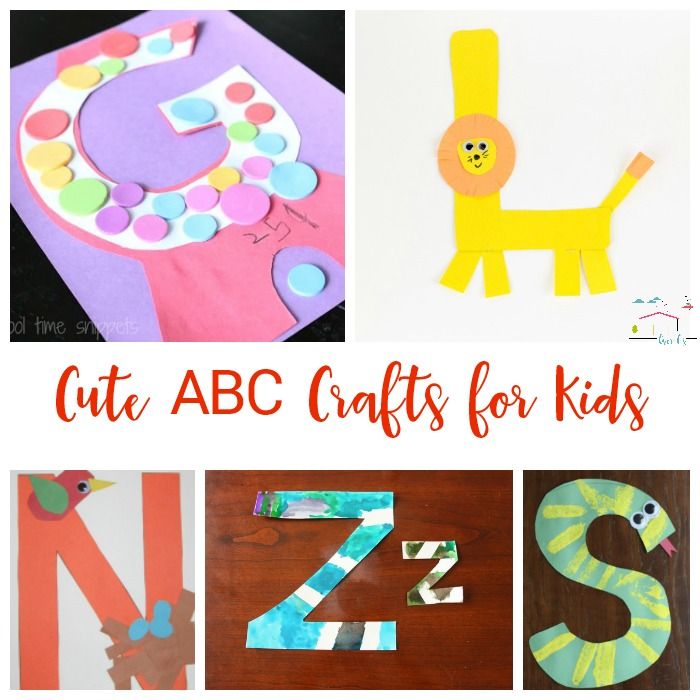 Over 20% of children will have difficulty with reading beyond the early years. A sound early intervention strategy will help ensure no child 'slips through the cracks' in these formative years.
Over 20% of children will have difficulty with reading beyond the early years. A sound early intervention strategy will help ensure no child 'slips through the cracks' in these formative years.
An integrated approach
When learning letters and sounds, consistency of message and repetition are vital. The Easy Alphabet product range offers an integrated approach to building strong letter-sound knowledge. A Complete Downloadable Kit is available for Single-Use (Parents) and Multi-Use (Organisations).
1. Practice Sheets
An essential first step. The Easy Alphabet Practice Sheet set includes 30 sheets - all 26 letters plus 'sh', 'ch', 'th', 'wh', 'qu' and 'ng'. Each sheet features one unique picture 'story' and provides explicit instruction on how to identify the letter sound within the story and how to say the sound correctly. Children practise drawing the picture (to improve recall of the letter shape) and writing the letter.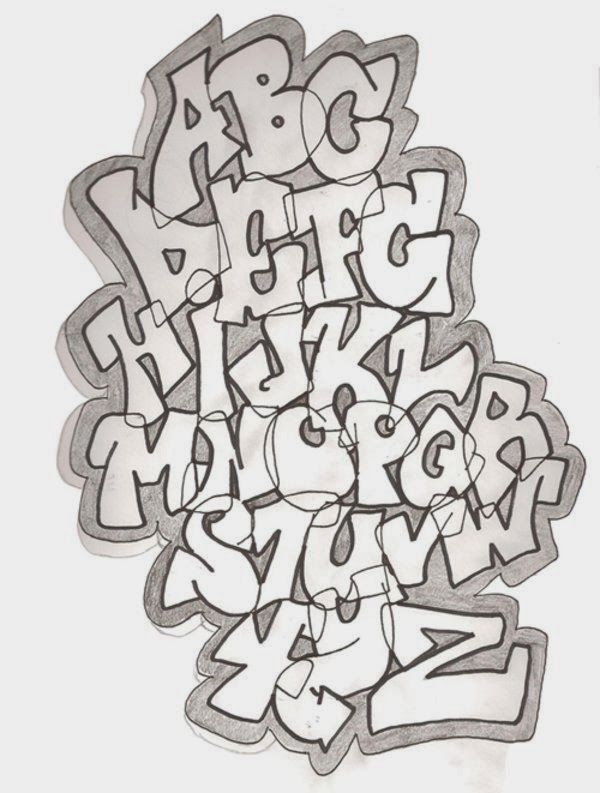 The embedded story cue and directional arrow cues help eliminate letter reversals, a common problem for young children.
The embedded story cue and directional arrow cues help eliminate letter reversals, a common problem for young children.
2. Hear, See & Say Videos
The Hear, See & Say animated videos provide articulatory cues to help your child increase awareness of the sounds by hearing and feeling each sound in their mouth. Multi-user MP4 videos can be inserted into PowerPoint/Google slides to support teachers with phonics instruction in the classroom.
3. Playing Cards build fluency
The Speedy3 Card Game works to build your child's recognition and instant recall of the sounds that link with single letters and common digraphs - sh, ch, th, wh, qu and ng. Featuring the Easy Alphabet, the set includes letters and both picture and 'story' cues. Three games includes, plus extend play and practice writing letters.
4. Display Cards
Our colourful display cards, featuring both the 'story' and picture cue, are ideal for visual reinforcement around the classroom or at home on the bedroom wall.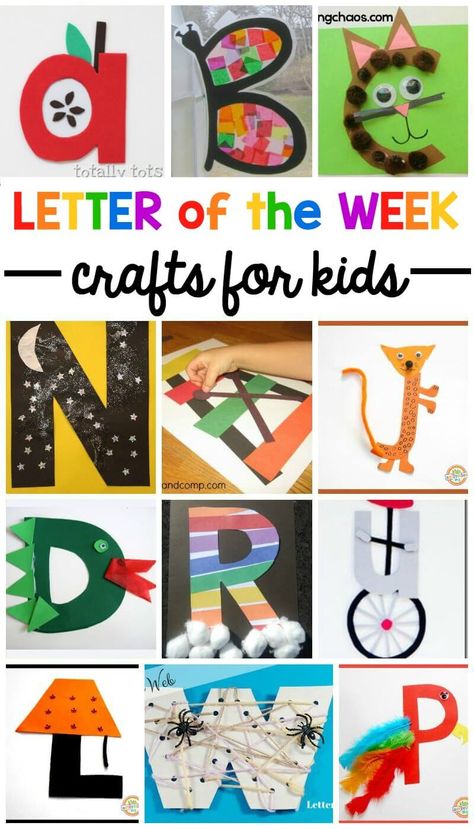 The set includes 32 cards - all 26 letters of the alphabet, plus 'common digraphs sh', 'ch', 'th', 'wh', 'qu' and 'ng'. Available in A4 and A5 format.
The set includes 32 cards - all 26 letters of the alphabet, plus 'common digraphs sh', 'ch', 'th', 'wh', 'qu' and 'ng'. Available in A4 and A5 format.
5. Alphabet Desk Mate
The Easy Alphabet Desk Mate helps children build independence when learning to write. The desk mate features all 26 Easy Alphabet characters and their corresponding letters, plus directional cues to help ensure children form letter shapes correctly when practising writing. Place on the desk at school or home and watch letter recall and confidence grow.
26 Easy, Fun Alphabet Activities That Give Kids the Practice They Need
Alphabet activities make learning your ABCs more fun. There are so many ways to practice your ABCs, you might be able to do one alphabet activity a day for a year without repeating. We’ve gathered over 25 super fun alphabet activities so kids can play and learn every day.
1. Write letters on dried beans
Large dried white beans are inexpensive to purchase and easy to write on.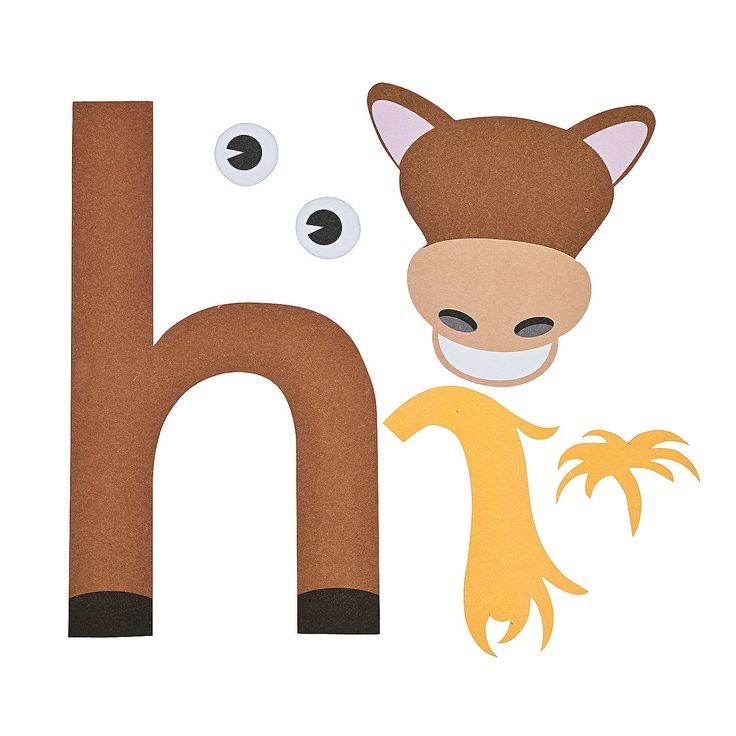 Grab a sharpie and write all the upper and lower case letters on them. Then put each set in a pile (or baggie) and ask your kids to match them.
Grab a sharpie and write all the upper and lower case letters on them. Then put each set in a pile (or baggie) and ask your kids to match them.
ADVERTISEMENT
2. Letter sort with sticky notes
Write individual letters on sticky notes and then place them all over your house or just on every stair in a staircase. This practice game has a lot of variations—all tied to sorting. Ask kids to sort by:
- lowercase
- uppercase
- letters in their name
- straight lines (H)
- curved lines (c)
- both curved and straight lines (B)
- consonants
- vowels
For even more practice: have them sort their finds into ABC order, match lowercase letters to uppercase letters, and then, find a way to sort them that’s new.
3. Write letters in shaving cream
Squirt shaving cream on a table and let your kids write letters in the cream. Smoothe it out to erase and start again.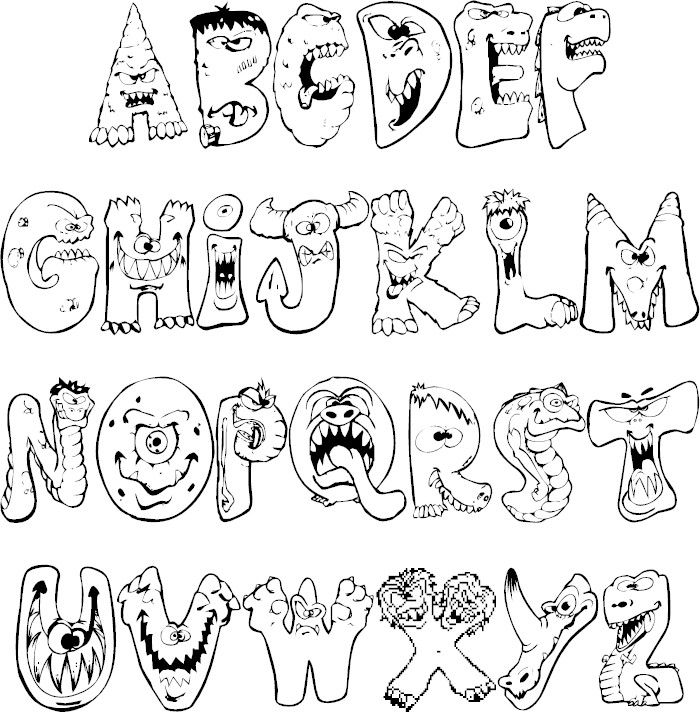 Bonus: their hands and your table will be cleaner than ever!
Bonus: their hands and your table will be cleaner than ever!
Source: Rose and Rex
4. Bend letters with pipe cleaners
Pipe cleaners have always been a trusted source of good fine motor practice as well as a fun craft resource. Now use them to have kids create uppercase and lower case letters.
Learn more: make and takes
5. Make sensory ABC bags
This one is great because you can change up what you put in here and even move to sight words. You’ll need a gallon bag with a ziplock top. Add letters written on pieces of paper, magnetic letters, scrabble tiles, or anything else you can think of with letters. Then fill the bag with rice or oatmeal and seal it. Kids dig through the rice through the bag to find the letters. When they find them, they write down the letter they find until they locate all 26 letters of the alphabet.
For more sensory ideas: Little Bins Little Hands
6. Find invisible letters with watercolors
This is a classic.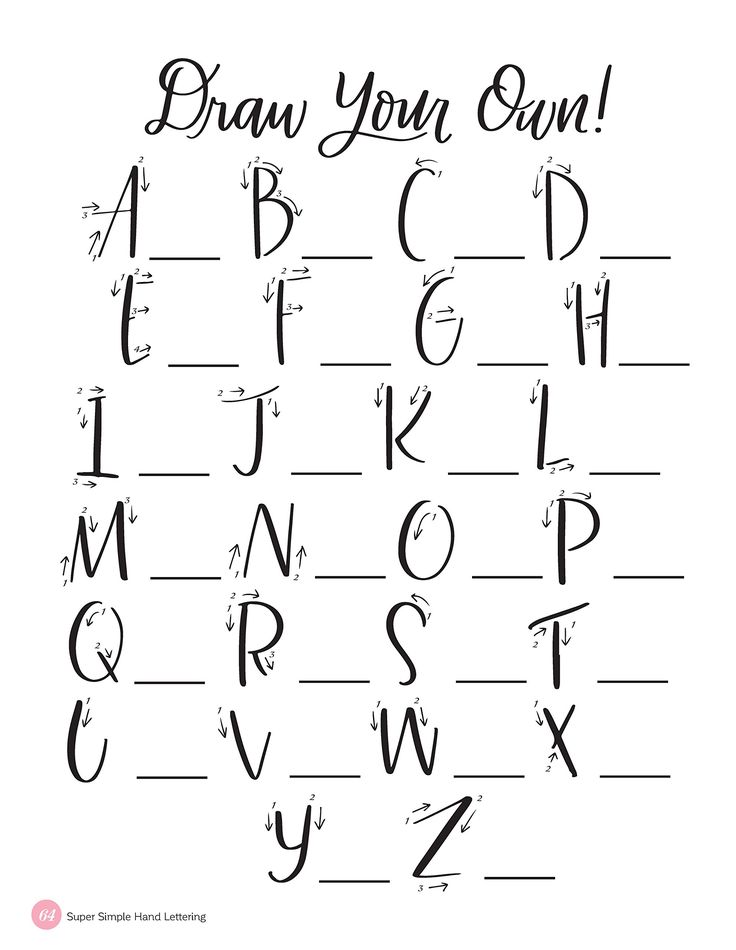 Using a white crayon, draw letters on a piece of white paper. Give your kids watercolor, let them paint the paper, and watch the letters appear.
Using a white crayon, draw letters on a piece of white paper. Give your kids watercolor, let them paint the paper, and watch the letters appear.
Learn more: Gift of Curiosity
7. Play musical alphabet
Set up letters in a big circle on the floor. You can use magnetic letters or just write them on index cards. Put music on and have your child walk around the circle to the music. When the music goes off, your child tells you the closest letter. Expand on it: ask your child to name three things (colors, animals, etc) that start with that letter.
8. Sponge the alphabet
Cut sponges into letters and use them for sponge painting letters or playing in the tub.
Learn more: Learning 4 Kids
9. Put together name puzzles
Write the upper and lower case letters in a name and then cut them apart in a simple zigzag. Mix up the letters and ask a child to match them up and put them in the right order.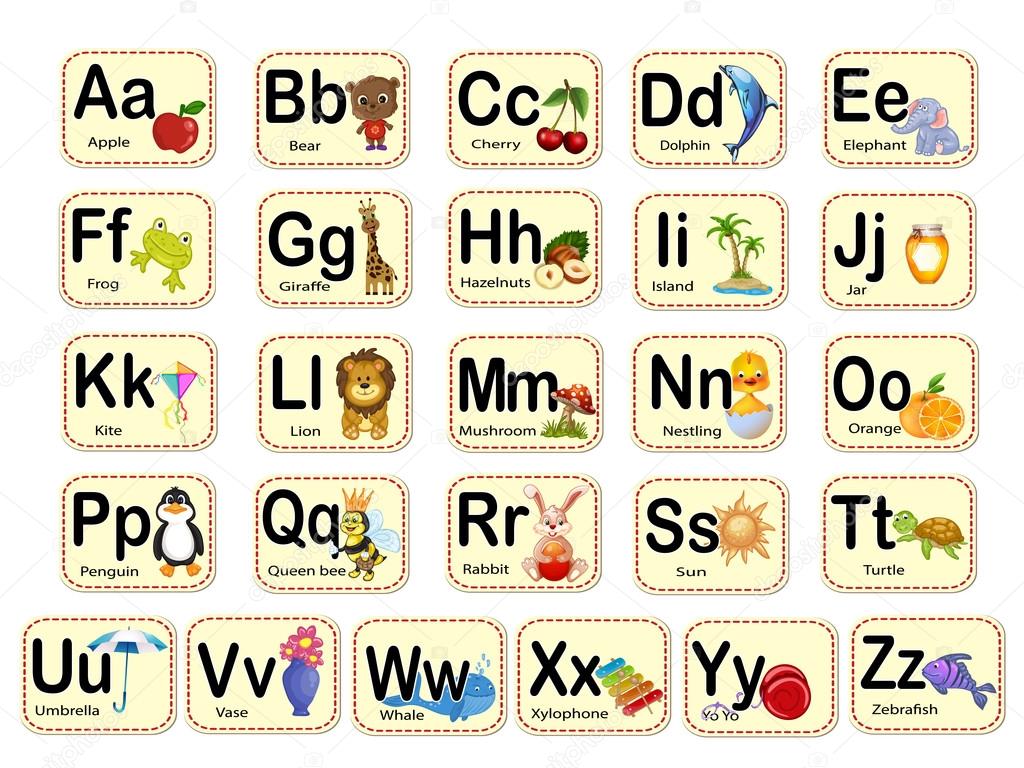
10. Make letters from nature
Find the alphabet right outside. Choose natural objects that already look like letters, or arrange them to look like them.
To learn more: Right Brained Mom
11. Eat your ABCs
We know from Alphabet Soup that eating your ABCs is plain old fun. So think of all the ways you can practice the alphabet at mealtime. Pancakes can be made into letters, jello can be cut into letters, and noodles can be used to make letters (just to name a few).
Learn more: Parent Map
12. Go on an alphabet scavenger hunt
The fun part about this for grown-ups is that there is no prep. Tell kids to go find objects that start with each letter of the alphabet. To make this game take longer, designate spots for them to bring each item back—one at a time. Every item must be approved before they can move on to the next. This allows for fewer meltdowns at the end when an item is deemed inaccurate.
13.
 Make your own ABC book
Make your own ABC bookPersonalizing the ABCs helps kids process and retain their learning. One of our favorite alphabet activities starts by creating a book out of 26 pieces of paper and staples or hole punches and a ribbon. Have kids write an uppercase and lowercase letter on each page. Finally, have them draw or cut out pictures of things that start with each letter. Voila!
Learn more: Teach Mama
14. Create ABC popup books
Use the following tutorial video to learn how to make different kinds of pop up pages. Then, create a page per week for 26 weeks for each letter. At the end, use a glue stick to glue them all together to make an ABC popup book!
15. Stamp letters in playdough
Roll out playdough and push letter stamps right into the dough. This is both tactile and great for practicing ABCs.
Learn more: I can teach my child
16. Make tactile letter cards
There’s lots of research (and experience) to support the value of using all the senses to learn. Making these tactile alphabet cards will be fun and have lasting benefits.
Making these tactile alphabet cards will be fun and have lasting benefits.
Learn more: All About Learning
17. Trace letters in spices
This one combines touch, smell, and sight. It gives you an opportunity to talk about what we uses spices for as well. Put the bottle in front of a child and have them write the spice name in the spice to make things a bit more challenging.
Source: Frog in a Pocket
18. Study a letter of the week
Many PreK and Kindergarten classes do a letter of the week, and for good reason. Teachers all share that instant recognition of letters and practice writing them is so important for learning to read. Doing alphabet activities for one letter each week reinforces knowledge and recollection.
For weekly activities: Preschool Mom
19. Do the yoga alphabet
Show kids this video and take the time to learn each yoga pose. Connecting the mind and the body is great for learning.
20. Sing songs about the alphabet
Everyone loves to sing the alphabet song, but did you know there are lots of other songs to sing that can help you remember the alphabet? Try out this Sesame Street favorite:
21. Draw pictures from letters
Using letters as a starting point, teach kids how to draw. If this is too difficult at first, just write a letter and then draw a picture around the letter.
Learn more: Felt Magnet
22. Highlight letters on a page
Print a page of text or grab your favorite magazine and a highlighter. Ask kids to highlight as many of one letter as they can find. This is also great for sight word recognition.
Here’s a freebie from The Inspired Apple to get you started.
23. Do-A-Dot letter tracing
These dot markers make tracing letters more fun and help kids with directionality and remembering how to write and recognize letters.
Free Dot tracing sheets: DTLK’s Educational Activities for Kids
24.
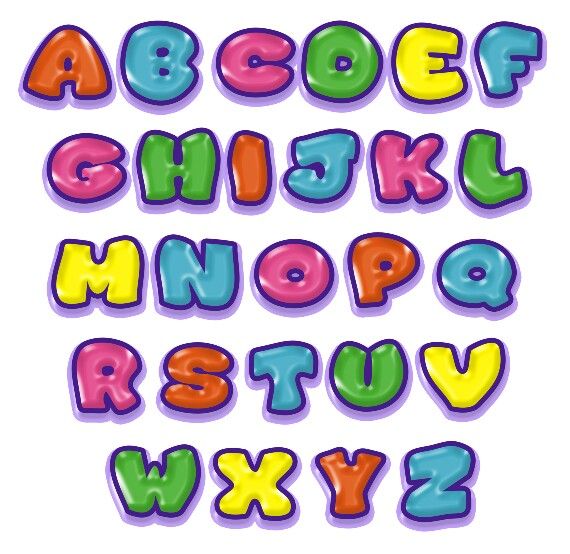 Play letter slap
Play letter slapMake 2 sets of index cards with all the letters on them (52 cards in all). Shuffle the cards together and deal them so each kid holds 26 cards. Together each player takes their top card and turns it upright. The player with the letter closest to A wins the hand and takes the card. If two of the same letter are played, the players slap the card. The one on the bottom of the slip wins the hand. The game ends when one player holds all the cards.
25. Match plastic Easter egg letters
Surely you have some plastic Easter eggs hanging around your attic. Use a Sharpie or letter stickers to put an uppercase letter on one half and a lowercase letter on the other. Then separate the two and throw them all in a basket. Kids pull them out and match them up. Tip: Add difficulty by not coordinating the colors.
Learn more: Crystal and Co.
26. Create loose part letters
What are loose parts? Loose parts are exactly what they sound like—a collection of loose materials or objects.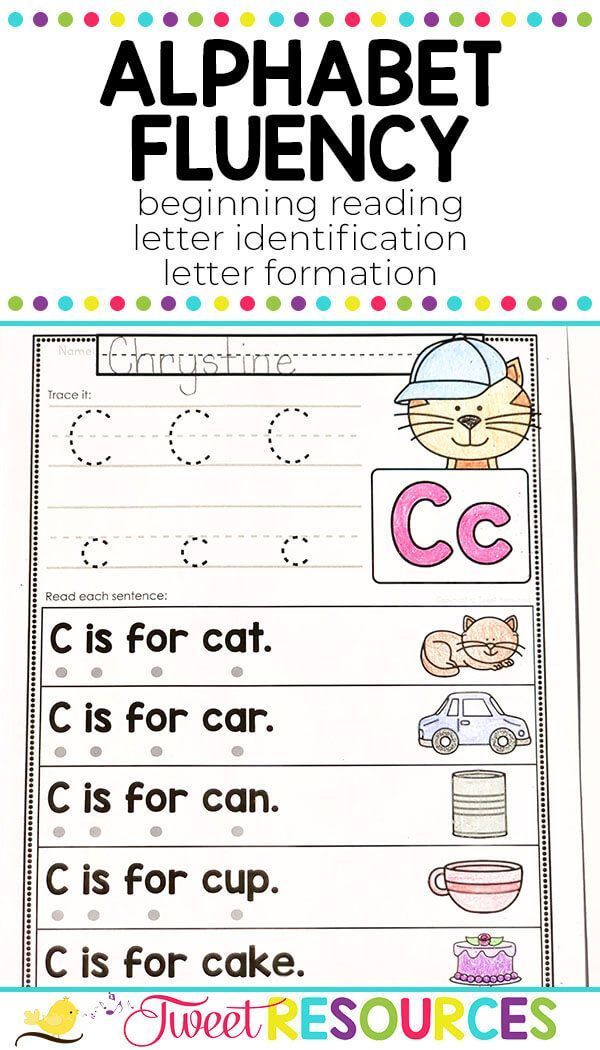 These can be small pebbles, bottle caps, random LEGO bricks, seeds, keys, anything. Draw big letters on a piece of paper and have kids line up loose parts to make the letter.
These can be small pebbles, bottle caps, random LEGO bricks, seeds, keys, anything. Draw big letters on a piece of paper and have kids line up loose parts to make the letter.
Recognizing letters is a fundamental part of learning how to read. Without it, children struggle to learn letter sounds and identify words. Beginning readers who know their alphabet have a much easier time learning to read. Making alphabet practice a part of every day in fun ways helps create a lifelong love for letters and words.
What games and activities do you like to use for practicing the alphabet?
Plus, our favorite activities using alphabet beads and the best alphabet books.
Russian alphabet. Russian letters: vowels and consonants
- Sounds and letters
- Alphabet
- Russian letters
- Block and capital letters
Sounds and letters
Speech sounds are indicated by letters in writing. We hear and pronounce sounds, but we see and write letters.
We hear and pronounce sounds, but we see and write letters.
The letter is a written sign that denotes a certain sound. The same letter can represent different sounds. For example, the letter G in the word around denotes the sound [g], and in the word circle the sound [k].
Alphabet
Russian alphabet or А ́ zbuka - these are all the letters of the Russian language, located in a strictly defined sequence, called alphabetical order . Each letter has a unique style that distinguishes it from other letters.
| AA (A) 1 | BB (BE) 2 | BB (VE) 3 | GG 4 | DD (DE) (DE) (DE) 5 |
| Her (E) 6 | Yuo (E) 7 | LJ (ZhE) 8 | ZZ (ZE) 9 | 9004 |
| Yy (and short)11 | KK (KA) 12 | LL (El) 13 | mm (EM) 14 | NN (EN) 15 |
| OO (O) 16 | PP (PE) 17 | pp | SS (ES) 19 | 9004 TT 9004 (tex) 20 |
| Yy (y)21 | Ff (ef)22 | Xx (ha)23 | CC (ce)24 | Hh (che)25 |
| SSh (Sha) 26 | Shchesh (SCHA) 27 | KO (solid sign) 28 | (s) 29 | sign)30 |
| Ue (e)31 | Yuyu (u)32 | Yaya (I)33 | ||
Letters of the Russian language
Letters are large (capital, uppercase) : L, M, T - and small (lowercase) : l, m, t .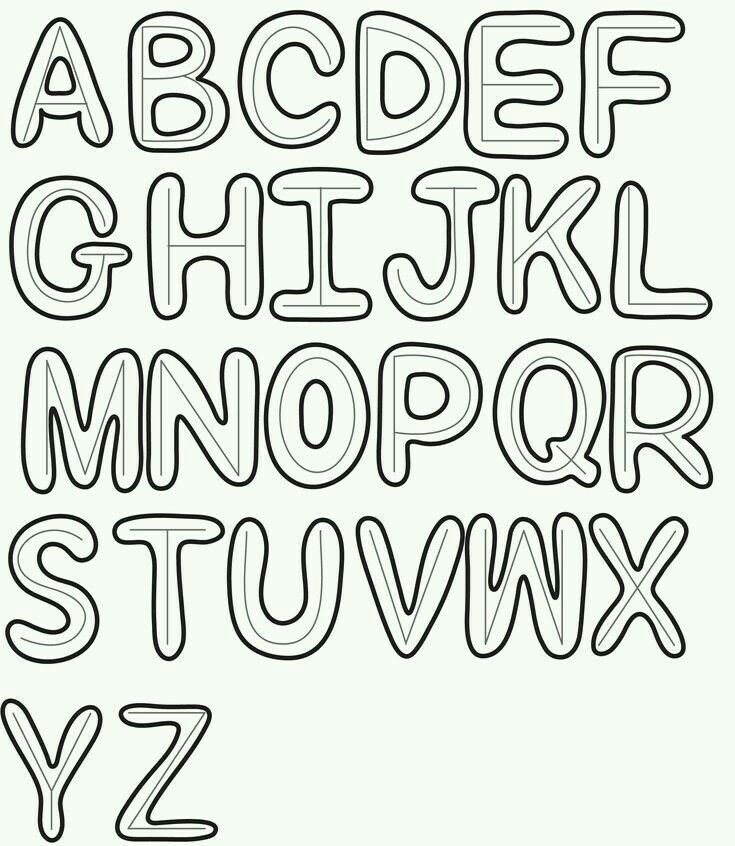 Each letter has its own serial number , indicating which number this letter is located in alphabetical order, for example: A - 1, R - 18, I - 33. Each letter has its own unique name : G -
Each letter has its own serial number , indicating which number this letter is located in alphabetical order, for example: A - 1, R - 18, I - 33. Each letter has its own unique name : G - GE
, Y - and short
, - soft sign
.
In Russian 33 letters , of which 10 vowels:
21 consonants:
b, c, d, e, f, h, d, k, l, m, n , w, w ;
and two digits:
b, b .
Block and capital letters
Each letter has two styles: block and block . Printed letters are used in books, websites and so on. Capital letters are written by hand, that is, they are handwritten.
A a, D d, M m - block letters .
A a, D d, M m - capital letters .
The division of letters into printed and uppercase is rather conditional, since on the one hand there are fonts that imitate capitalization, on the other hand, there are people who find it more convenient to write in block letters, rather than display capital letters.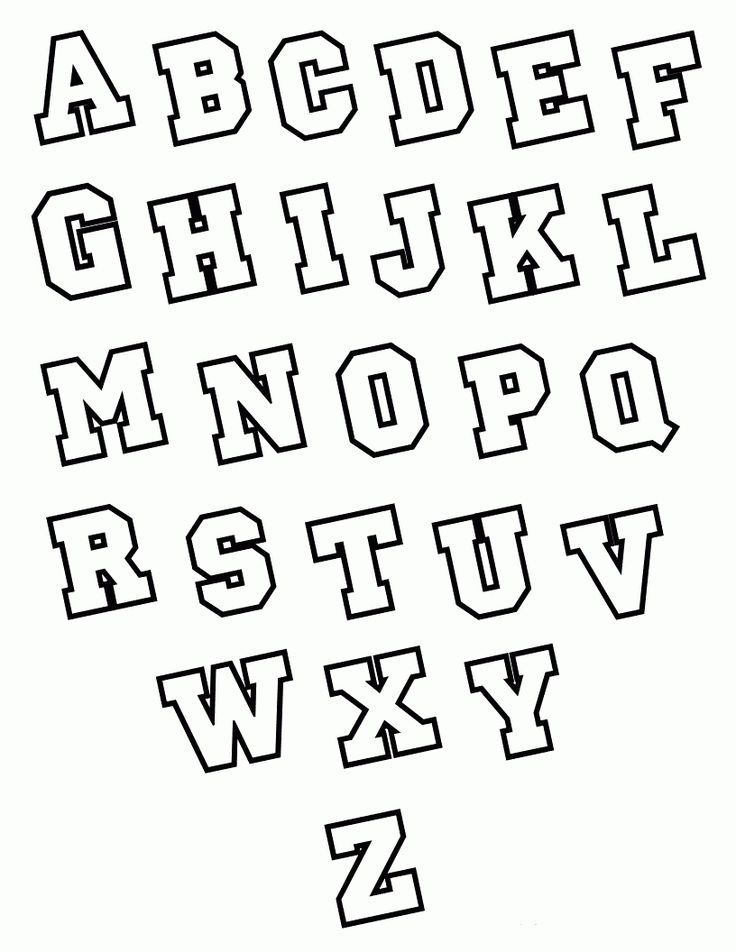
How to teach a child the alphabet using games
How to quickly learn the letters of the Russian alphabet with a child? Just invite him to play! The game is the best form of learning for children, where the child is always involved in the process and quickly learns the material. We have prepared for you a selection of 7 simple games for learning letters. Your child will have fun and easily memorize the letters of the Russian alphabet.
1. Catch Game
You will need plastic bottle caps, concealer or nail polish. Write letters on the lids, let dry and you can play.
⠀
With this game, your child will not only memorize the letters, but also practice manual dexterity and play enough with water – after all, all children love to frolic in the water.
⠀
Pour water into any container and put the lids with the letters in there. Give the child a spoon or net and let him catch the letters in turn, name and remember.
⠀
If your child does not know a single letter yet, then call the “catch” yourself first and ask the child to repeat.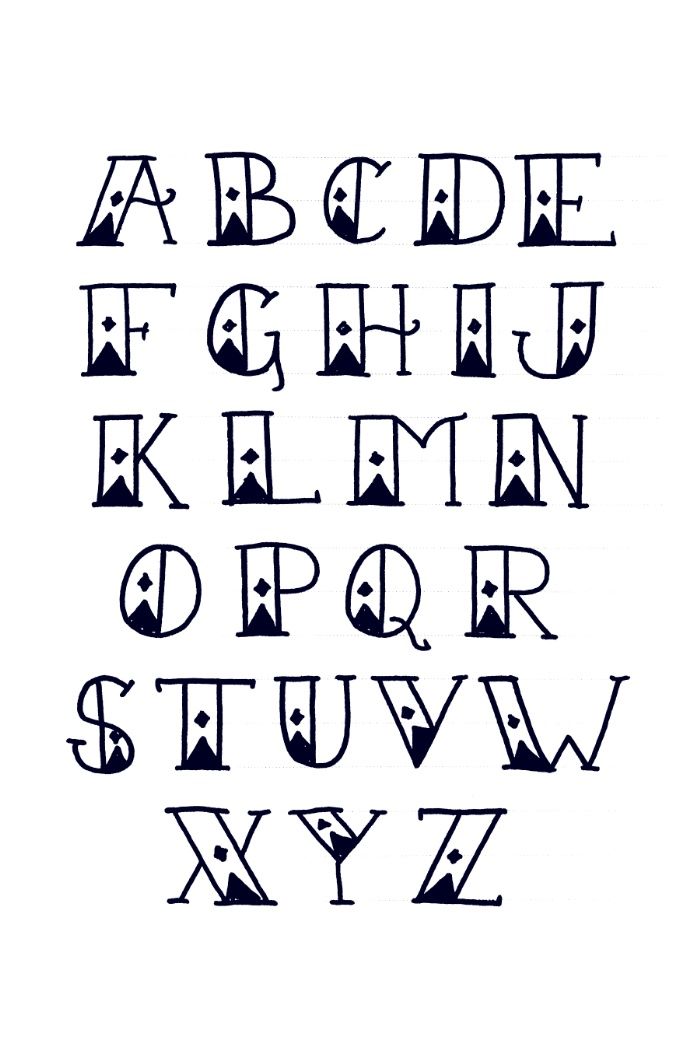
2. Letter quest
This is a mobile and very fun game that helps develop imagination and memorize letters quickly. Here, too, there may be different options, depending on your imagination.
⠀
You will need stickers, markers and a primer. Write letters on sticky notes and stick around the house. For example: "K" - on a chest of drawers, "L" - on a spoon, "C" - on a washing machine, etc.
⠀
Then take the primer and show the child the letter to be found. Let him repeat after you and go in search. When the desired letter is found, ask the child to name it again, and then name the object that begins with it.
⠀
For children who already know letters, syllables can be glued at home according to the same principle.
3. Walkers
You will need a blank sheet of paper, a ruler, colored markers and a cube with glasses. Draw a square on the sheet, draw it into 35 small squares. In the lower left corner, write "Start" and draw a line from it with a light felt-tip pen to the "Finish", which will be in the middle.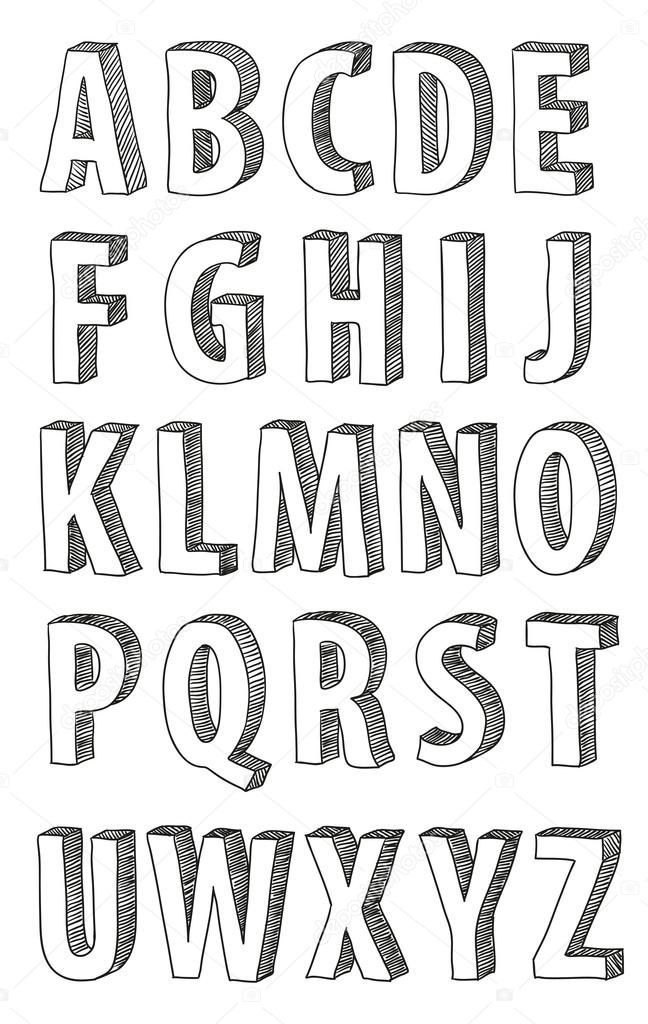 Then from "Start" to "Finish" write the letters "A" to "Z" in alphabetical order.
Then from "Start" to "Finish" write the letters "A" to "Z" in alphabetical order.
⠀
The game is ready. Now take turns throwing a cube with glasses with your child and walk. If the child still does not know how to count, help him, and call the letters that both of you will drop out together.
4. Puzzle letters
Collecting puzzles, children develop logic, attention, memory and imagination. And by collecting puzzle letters, the alphabet is memorized much faster.
⠀
You will need unused cardboard packaging from toys or any other items. Choose with your child suitable large letters on the package and cut them out. Then draw with a marker on the back of the line, so that you get the details of the puzzle and let the child cut it out. The more details you get, the more complex the puzzle will be.
⠀
Then shuffle the pieces and have your child reassemble the letter. And when he collects it, let him loudly name it and the words that he knows with this letter.
⠀
If there are no boxes at home, then just draw a big letter on a piece of paper, color it and also cut it into pieces - the puzzle is ready.
⠀
You can also download our best letter learning games.
5. What letter does it start with
This game not only helps to learn letters, but also develops logical thinking.
⠀
You will need: any household items and letters of different colors (you can take magnetic ones) or cardboard cards with letters.
⠀
You can take anything from items: dishes, fruits, vegetables, clothes, etc. Put all this in front of the child, select the letters you need and put them in a pile next to it.
⠀
Next, pointing to the object, ask the child: “What is this?” He answers: “Bananas”, and you: “What letter do bananas begin with?” If the child answers, ask him to find his letter "B" in a pile and put it next to the bananas.
⠀
Help your child if at first it is difficult for him to find the right letters on his own.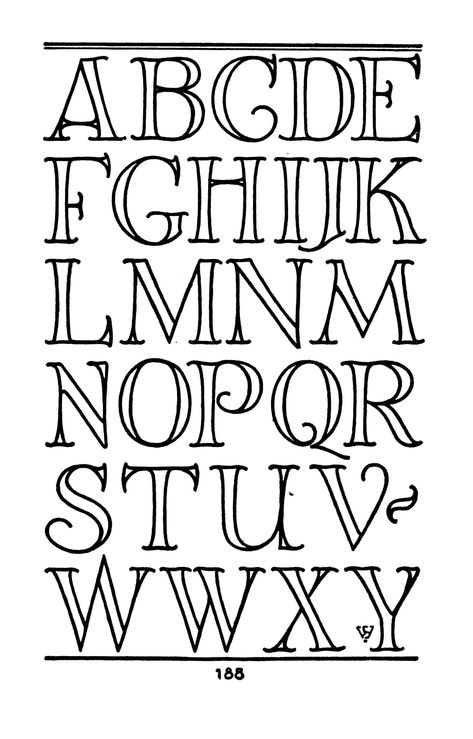
6. What does the letter look like
This game will help the child quickly reinforce each new letter.
⠀
For example, you are teaching the letter “A” with your child. Ask what item it looks like. If he can’t immediately answer, fantasize about this topic together. Ask leading questions and let the child answer. For example: “The letter “A” looks like a tree? Or maybe it looks like a house? etc. Try to play association on the street, where you are surrounded by many different objects.
⠀
If you do not live in a Russian-speaking country, then let the child look for familiar letters in his books.
7. Letters on the walk
Learn the Russian alphabet right on the street. In the fresh air in the game, any information is absorbed faster.
⠀
Everything that is around is useful to you: sticks, pebbles, moss or shells. Write any letter on the ground or sand with a stick and ask the child to lay out the same one next to it.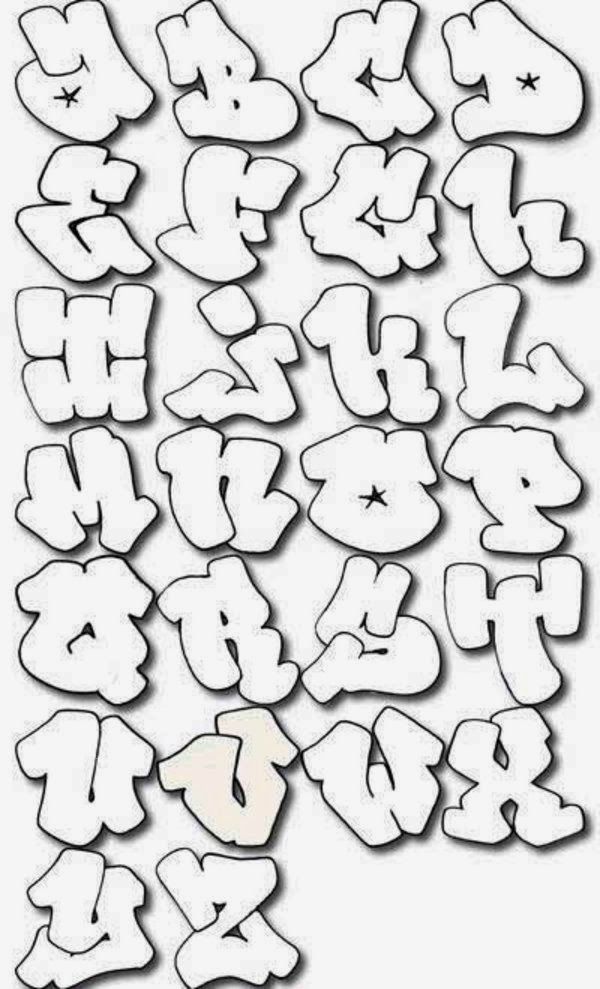 To begin with, you can practice laying out the letters along the drawn outline, and then try to lay them out yourself.
To begin with, you can practice laying out the letters along the drawn outline, and then try to lay them out yourself.
⠀
Do not forget to say all the letters out loud together and move on to a new letter only after the child remembers the previous one.
⠀
Did you like our ideas?
⠀
And we also want to give your child a very fun and exciting RUSBUKA game right now. Simple and fun exercises will help you quickly learn all the letters of the Russian alphabet, pump your hand motor skills and develop your imagination. The child will love it.
⠀
Download, print and play!
⠀
We also invite you to try our online lessons in a playful way. More than 3,000 children from the USA, Europe, Australia, and the UAE have already learned to read with us and were able to keep the Russian language abroad. Join and you.
⠀
Let's teach your child to read and love books.
⠀
The first lesson is free.